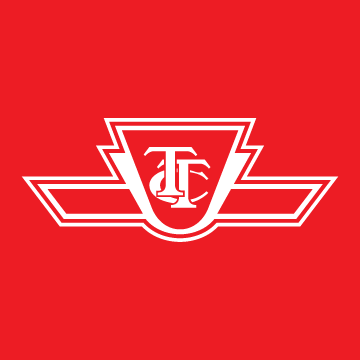About Us
The TTC Shop gives “taking the TTC home” a whole new meaning.
After more than 100 years in service, the TTC has become one of the most visible and vital public transit organizations in the world, taking millions of customers where they need to go every year.
The TTC Shop gives customers and transit enthusiasts the opportunity to purchase custom apparel, accessories, art, paper goods and much more that feature well-known imagery – including streetcars, buses, local landmarks – as well as the iconic TTC logo. The TTC Shop is the perfect place to find unique gifts, souvenirs and one-of-a-kind collectibles that celebrate the rich history of the TTC and its service to one of most diverse cities in the world.
© 2025, TTCShop.ca is owned by Toronto Transit Commission, and operated and managed by SVS Marketing under contract with Toronto Transit Commission. All rights reserved.
